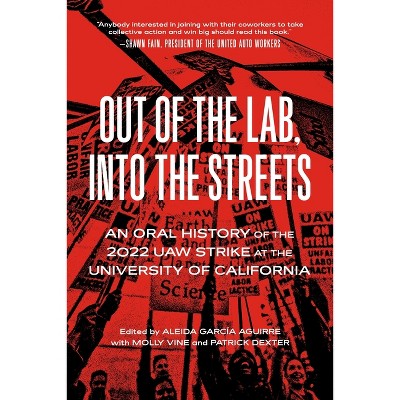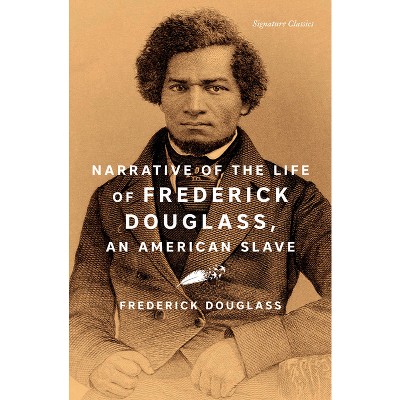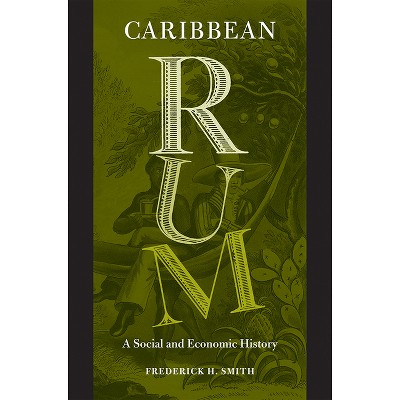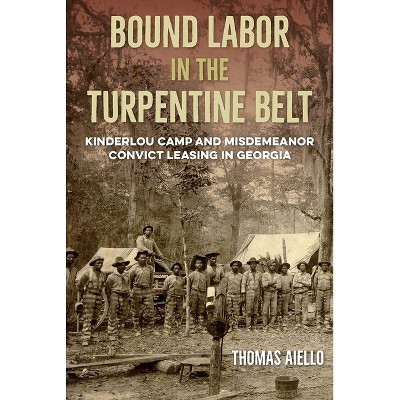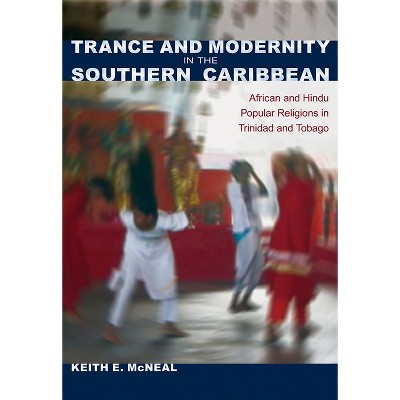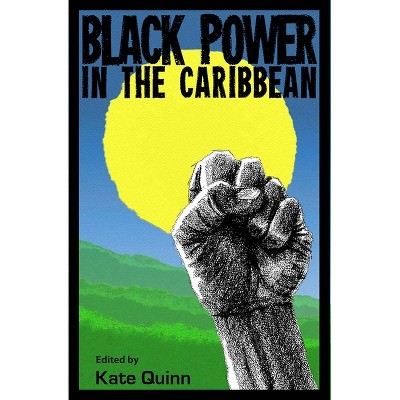Sponsored

Black Labor Migration in Caribbean Guatemala, 1882-1923 - (Working in the Americas) by Frederick Douglass Opie (Paperback)
In Stock
Sponsored
About this item
Highlights
- In the late nineteenth century, many Central American governments and countries sought to fill low-paying jobs and develop their economies by recruiting black American and West Indian laborers.
- About the Author: Frederick Douglass Opie, professor of history and foodways at Babson College, is the author of Hog and Hominy: Soul Food from Africa to America.
- 160 Pages
- History, Latin America
- Series Name: Working in the Americas
Description
Book Synopsis
In the late nineteenth century, many Central American governments and countries sought to fill low-paying jobs and develop their economies by recruiting black American and West Indian laborers. Frederick Opie offers a revisionist interpretation of these workers, who were often depicted as simple victims with little, if any, enduring legacy.
The Guatemalan government sought to build an extensive railroad system in the 1880s, and actively recruited foreign labor. For poor workers of African descent, immigrating to Guatemala was seen as an opportunity to improve their lives and escape from the racism of the Jim Crow U.S. South and the French and British colonial Caribbean.
Using primary and secondary sources as well as ethnographic data, Opie details the struggles of these workers who were ultimately inspired to organize by the ideas of Marcus Garvey. Regularly suffering class- and race-based attacks and persecution, black laborers frequently met such attacks with resistance. Their leverage--being able to shut down the railroad--was crucially important to the revolutionary movements in 1897 and 1920.
From the Back Cover
"A welcome contribution both because Caribbean coast laborers have received relatively little attention and because Opie does such an excellent job of placing black migrants at the center of Guatemalan and Caribbean history."--Labor "A valuable contribution to the study of the theme of black immigrant workers of Guatemala."--Mesoamérica "Enriches historical narratives. This is a wonderful case study that complicates Latin American history, and particularly labor history in that region, by emphasizing the positive role played by black migrants in labor mobilization in Guatemala."--Jean Muteba Rahier, Florida International University In the late nineteenth century, many Central American governments and countries sought to fill low-paying jobs and develop their economies by recruiting black American and West Indian laborers. Frederick Douglass Opie offers a revisionist interpretation of the lives of these workers, who were often depicted as simple victims with little, if any, enduring legacy. Using primary and secondary sources as well as ethnographic data, Opie details the struggles of these workers who were ultimately inspired to organize by the ideas of Marcus Garvey.The story of black American migration to Guatemala is of interest because a substantial number of the migrant black laborers in Guatemala found there opportunities for economic advancement. Black proletarians, subsistence farmers, and businessmen who stayed on in Guatemala made an indelible mark on Guatemalan culture, particularly in the Caribbean region, where English became the lingua franca, jazz and reggae became popular forms of musical expression, and jerk chicken and meat patties became part of the local cuisine. Frederick Douglass Opie, professor of history and foodways at Babson College, is the author of Hog and Hominy: Soul Food from Africa to America. He blogs at www.foodasalens.com and has appeared on the popular American Public Media program "The Splendid Table" and on the History Channel. A volume in the series Working in the Americas, edited by Richard Greenwald and Timothy J. MinchinAbout the Author
Frederick Douglass Opie, professor of history and foodways at Babson College, is the author of Hog and Hominy: Soul Food from Africa to America.Shipping details
Return details
Trending Non-Fiction






